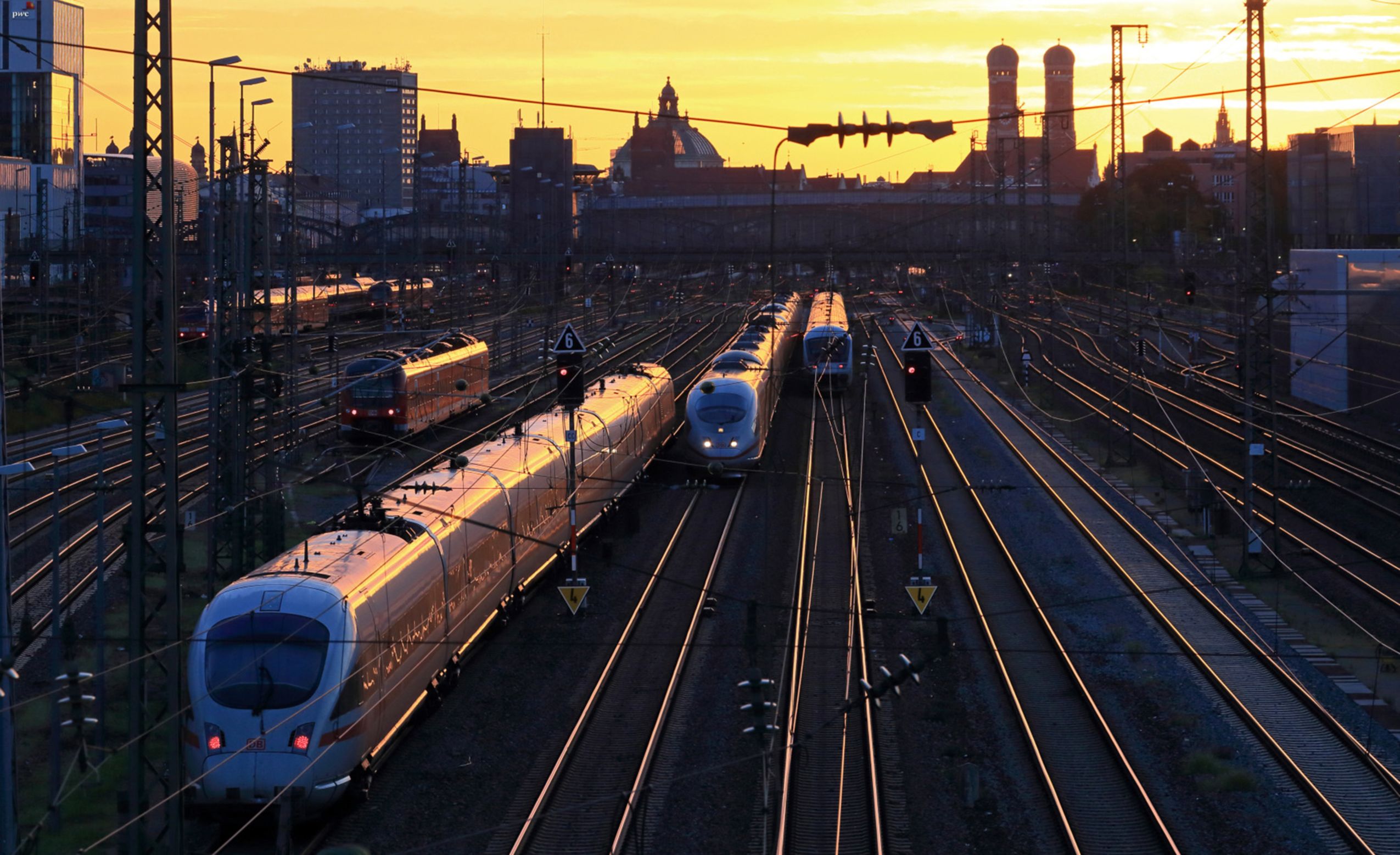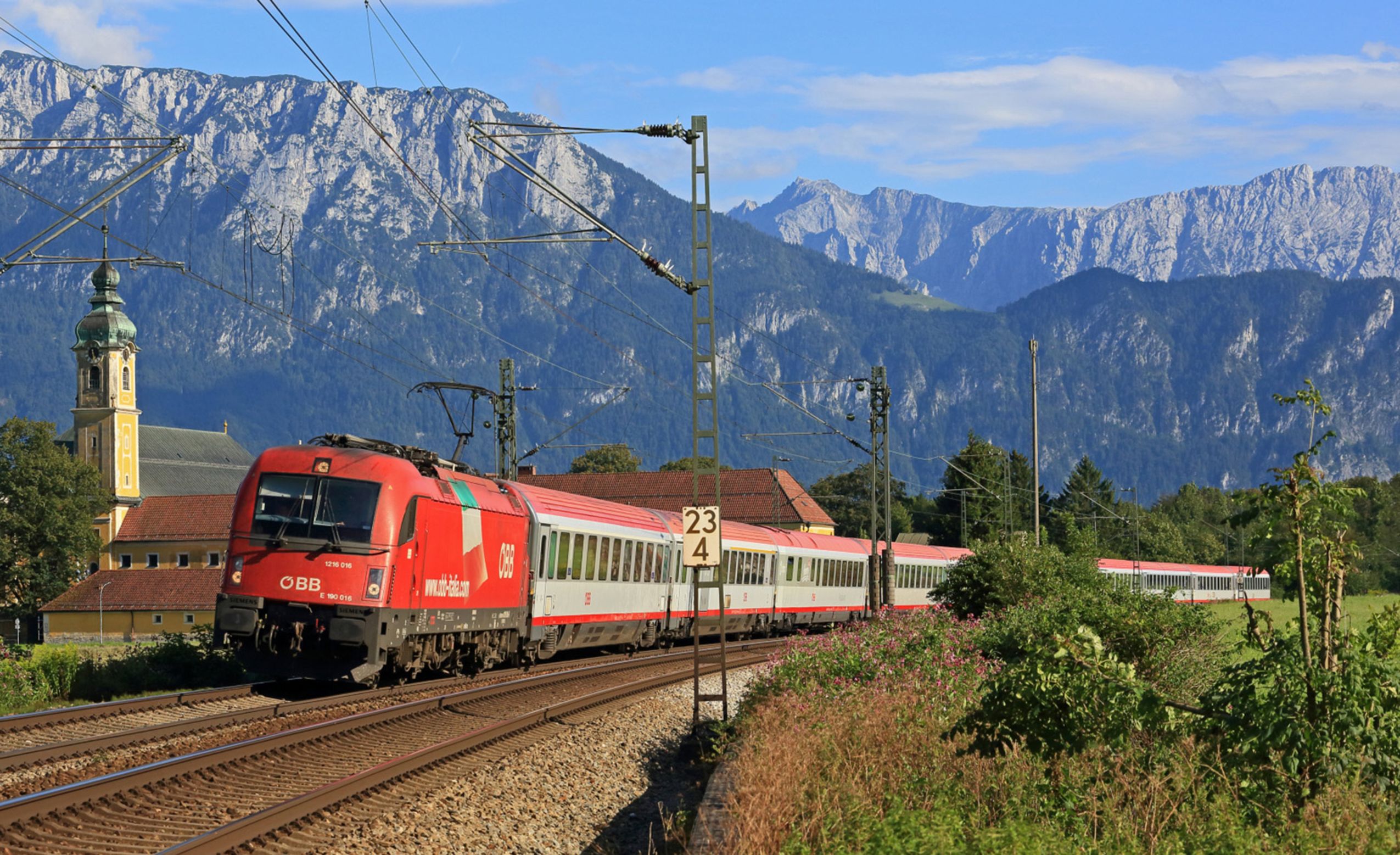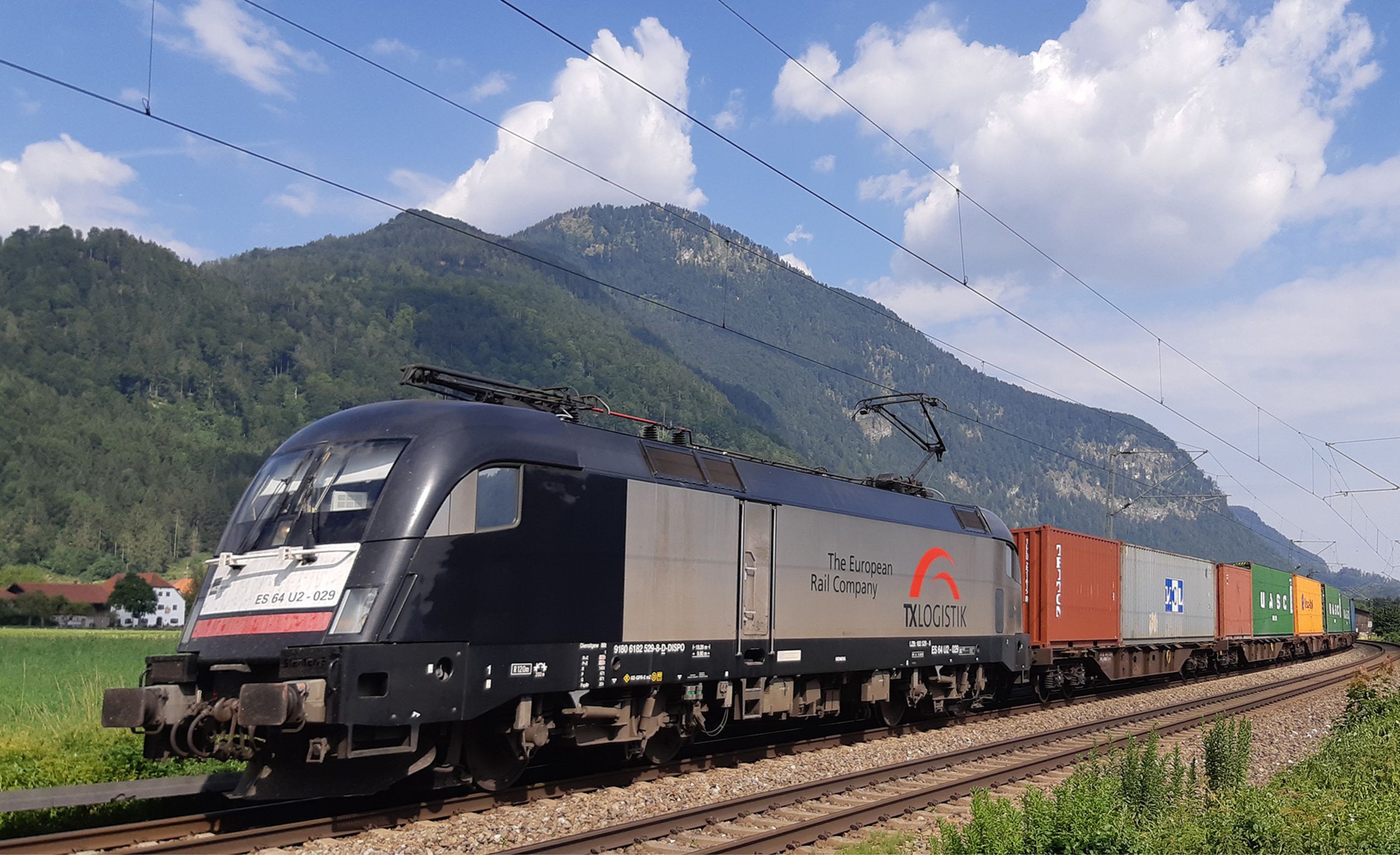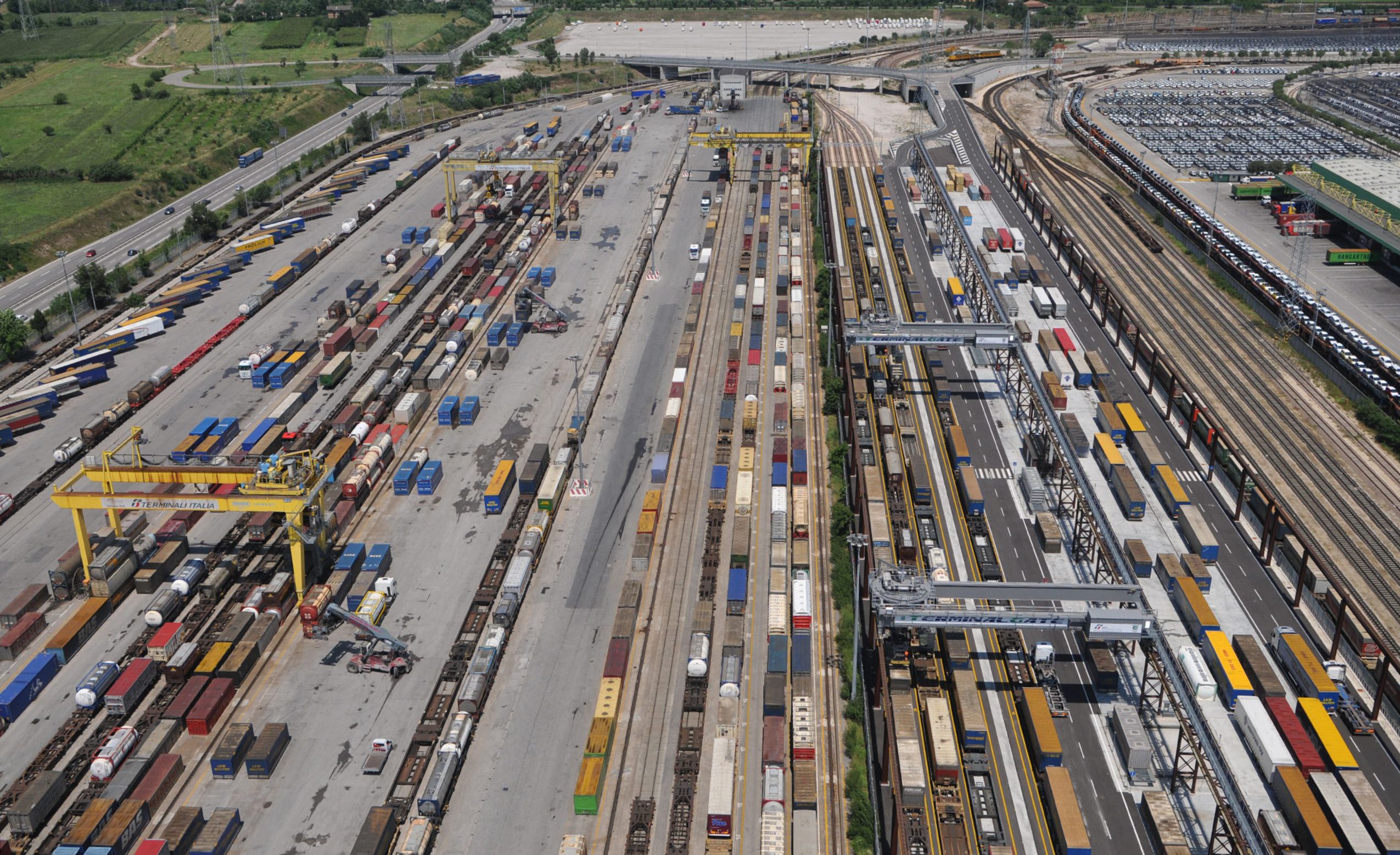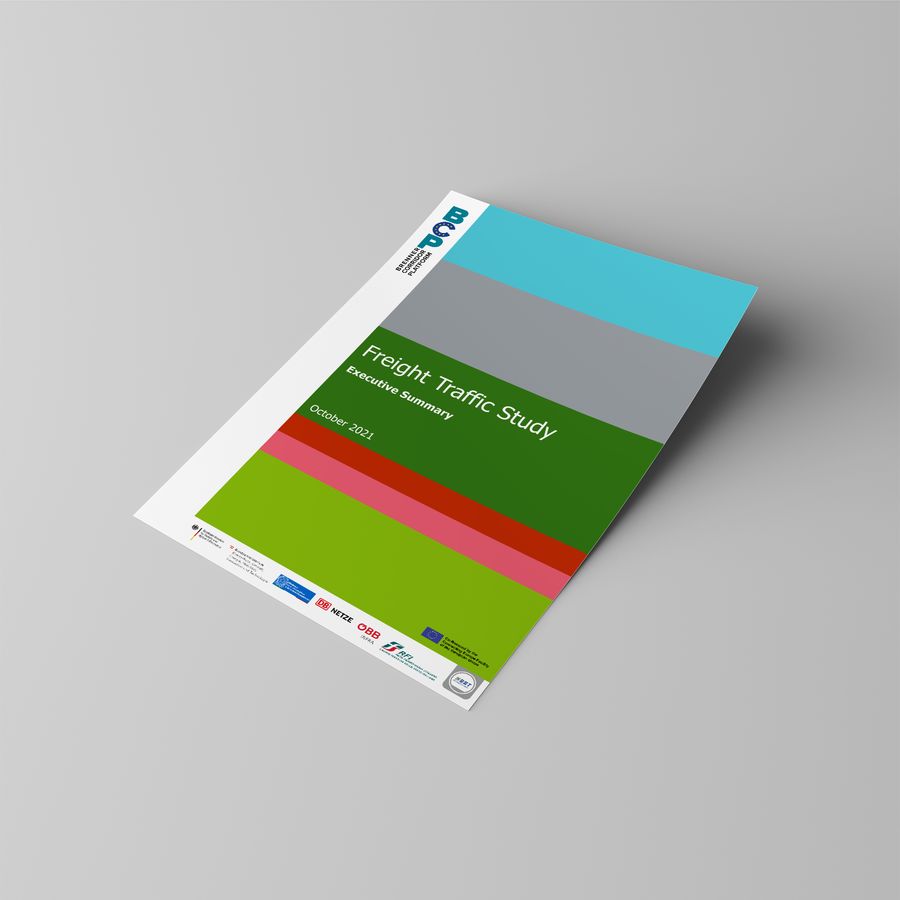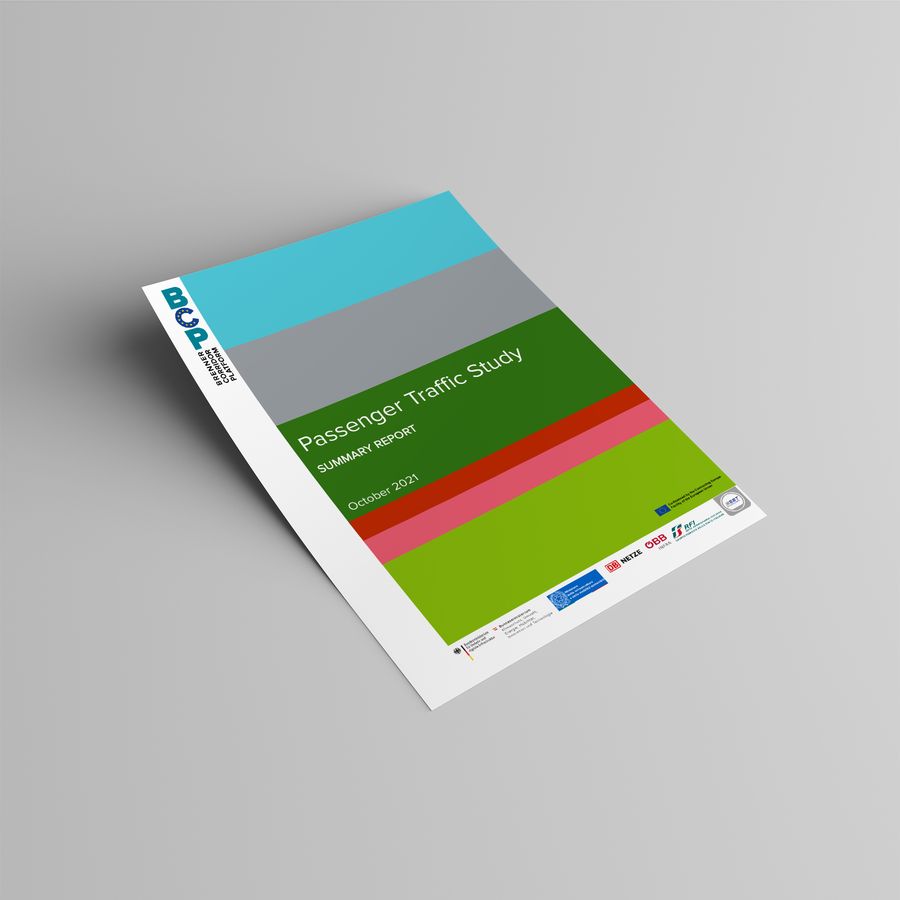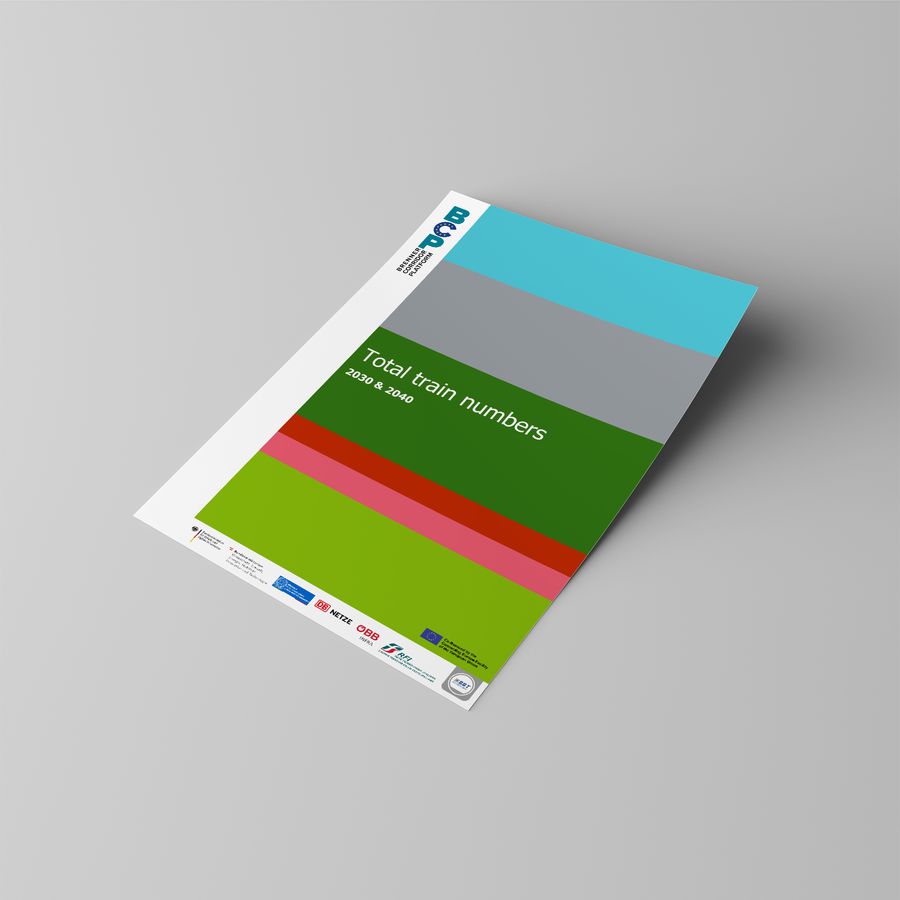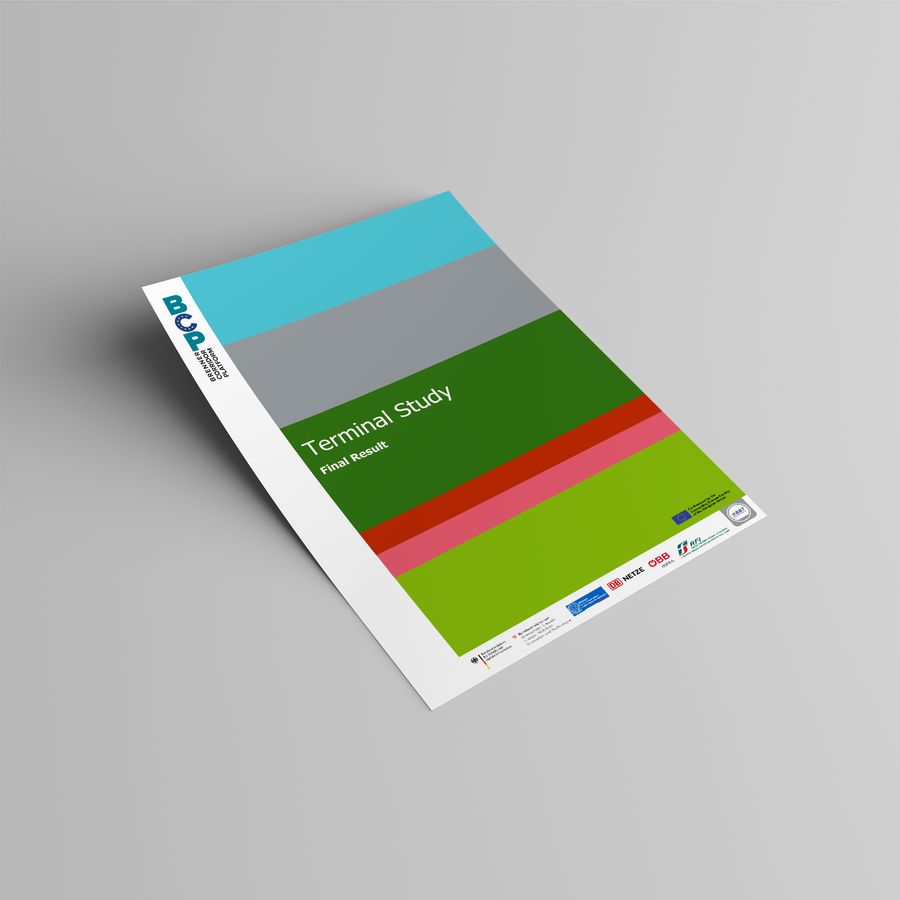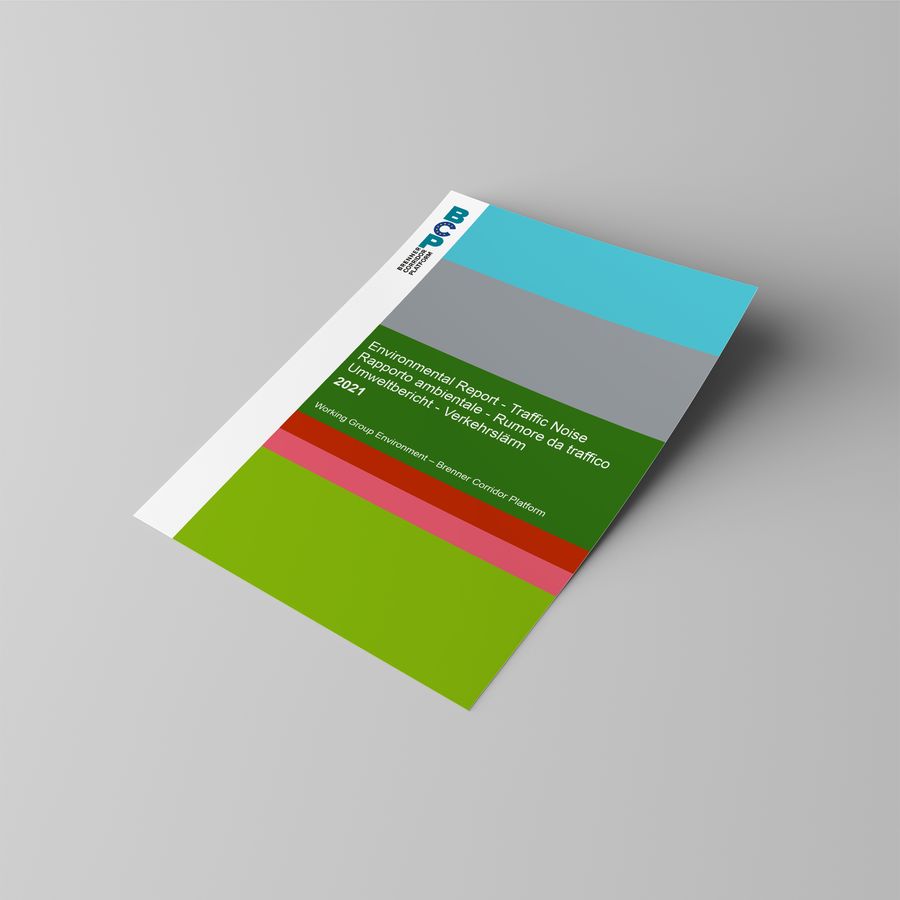Under the chairmanship of the European Coordinator of the Scandinavian-Mediterranean Corridor, Pat Cox, various working groups within the Brenner Corridor Platform are working on holistic solutions for the Brenner Corridor. The vision pursued by the representatives of the three Ministries of Transport, the three Infrastructure Managers, BBT SE, regions and railway undertakings: One harmonised corridor from Munich to Verona. With the aim to create the infrastructure and operational conditions for the effective transfer of heavy goods traffic from road to rail until the opening of the Brenner Base Tunnel and its access routes.
A key milestone on this path was achieved with the finalisation of the Brenner Corridor Studies.

